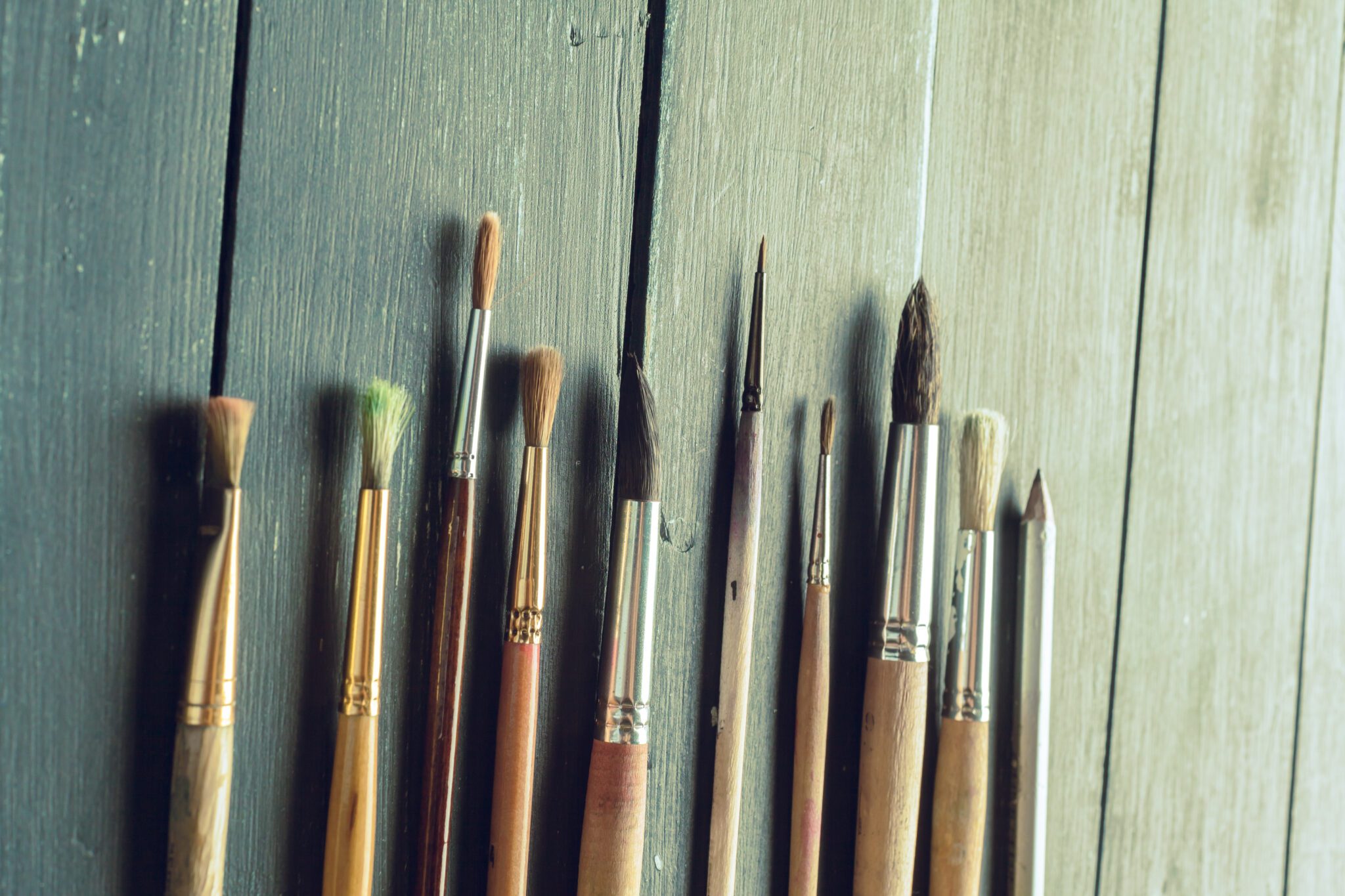The liner brush is a specialized tool designed for adding fine details and intricate designs to your artwork. With its long, flexible bristles that taper to a fine point, the liner brush is perfect for creating fine lines, delicate outlines, and precise textures. Whether you are working on acrylics, oils, or watercolor, mastering the use of the liner brush can significantly enhance your painting technique. In this guide, we’ll explore best practices for painting fine lines with the liner brush, along with tips and techniques to help you achieve crisp, beautiful results.
1. Choosing the Right Liner Brush
Before you start painting, it’s essential to choose a quality liner brush that fits your needs:
- Bristle Type: Liner brushes come in various bristle types, including synthetic and natural hair. Synthetic bristles are generally firmer and easier to clean, while natural bristles provide a softer touch. Choose based on your painting style and preferences.
- Size: Liner brushes come in different lengths and thicknesses. For intricate details, opt for a long, thin liner brush; for slightly thicker lines, choose a medium thickness brush. It’s often helpful to have a few in different sizes for versatility.
2. Preparing Your Materials
To create fine lines effectively, ensure you have everything set up:
- Quality Paint: Use high-quality acrylic paint that has good pigmentation and flow. Thinned paint can result in better control and a smoother finish. If needed, mix a little water or a flow medium to achieve the desired consistency.
- Palette: Prepare a clean palette with your colors arranged neatly. This helps with easy access and mixing, which is particularly useful for creating consistent lines.
3. Techniques for Applying Fine Lines
Here are some techniques to follow when using the liner brush for fine lines:
a. Loading the Brush
- Proper Loading: Dip the liner brush into your paint, ensuring that you load the bristles from the tip to about halfway down. Avoid overloading, as this can lead to drips or unintended thick lines.
- Wipe Excess: After loading the brush, gently wipe off any excess paint on the edge of your palette. This helps prevent pooling and ensures a controlled application.
b. Control and Fluidity
- Maintain a Steady Hand: Keep your hand steady and relaxed while working. It might help to brace your painting hand against the palette or canvas to minimize shaking.
- Use Light Pressure: Apply light, even pressure while moving the brush. Allow the brush’s natural flexibility to guide the paint onto the canvas for smooth, flowing lines.
- Continuous Movement: Try to maintain a continuous stroke. This requires practice, as lifting the brush frequently can lead to uneven lines. Instead, focus on minimizing breaks in your stroke to create seamless lines.
c. Different Line Techniques
- Precision Outlining: Use the fine tip of the liner brush to outline shapes or subjects in your artwork. Keep the angle consistent for uniform lines.
- Decorative Elements: Experiment with decorative elements like swirls, curls, and waves. The flexibility of the bristles allows for varied effects by changing the angle and pressure.
- Texture Creation: To simulate texture, use the liner brush to create small, quick strokes close together. This technique works well in portraying details such as fur, feathers, or floral textures.
4. Blending and Layering
- Wet-on-Wet Technique: If you want to blend two colors or achieve soft transitions, consider the wet-on-wet technique. Start with your base color and while it’s still wet, use the liner brush to lightly add complementary colors, blending them as you go.
- Layering: Once your first layer has dried, you can go back in with your liner brush to add more fine details or highlights without disturbing the underlying color.
5. Cleaning and Maintenance
Proper care for your liner brush will ensure it lasts longer and performs better:
- Immediate Cleaning: Clean your liner brush immediately after use to prevent paint from drying in the bristles. Rinse it under warm, soapy water, gently reshaping the tip as you clean.
- Storage: Store the brush upright or flat without pushing the bristles down. If possible, keep brushes in a protective case to prevent damage to the bristles.
6. Practice Makes Perfect
- Practice Regularly:Like any skill, mastering the liner brush takes practice. Spend time experimenting on scrap paper or canvas to build confidence in controlling fine lines.
- Try Different Styles: Explore various styles and techniques—ranging from realistic art to abstract designs—to find what feels most comfortable and enhances your artistic expression.
7. Conclusion
Using the liner brush to paint fine lines can significantly enhance your artwork, adding intricate details and a polished finish. By following the best practices outlined in this guide, you will develop the skills needed to achieve precision and control in your projects.
Don’t forget to explore our selection of liner brushes and other essential art supplies available at urartstudio.com to support your artistic journey!
Be sure to visit our online store at https://urartstudio.com/shop/ for a variety of art supplies and tools. Additionally, check out valuable painting tips at urartstudio.com/painting-tips/ and our step-by-step painting instructions at https://urartstudio.com/step-by-step-painting-instructions/ to further enhance your skills.
Keywords: liner brush, fine lines, acrylic painting techniques, precision, art supplies.
#LinerBrush, #FineLines, #AcrylicPainting, #Precision, #ArtSupplies



Leave a Reply
You must be logged in to post a comment.